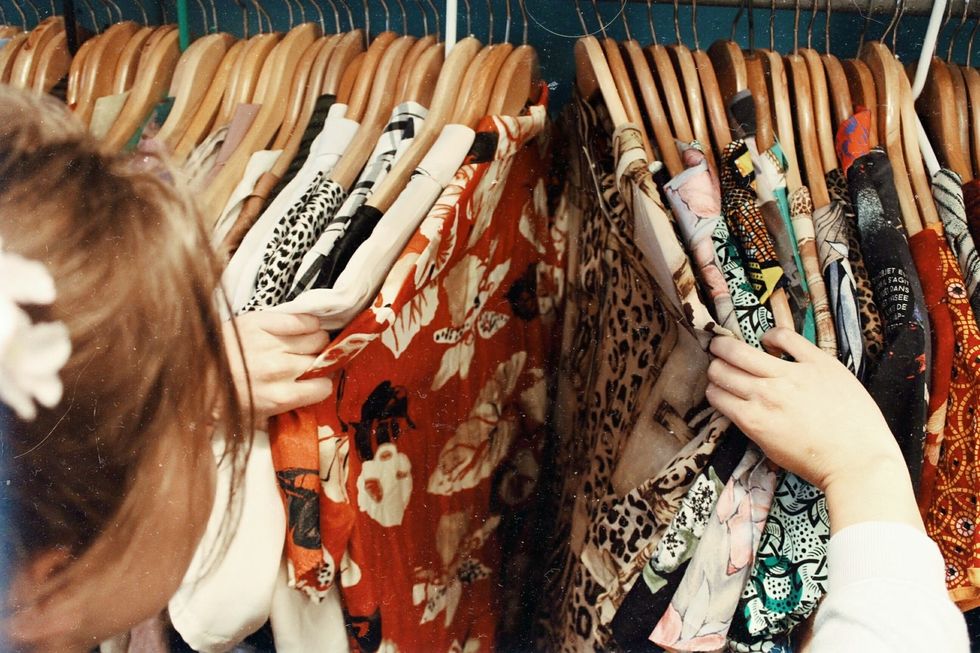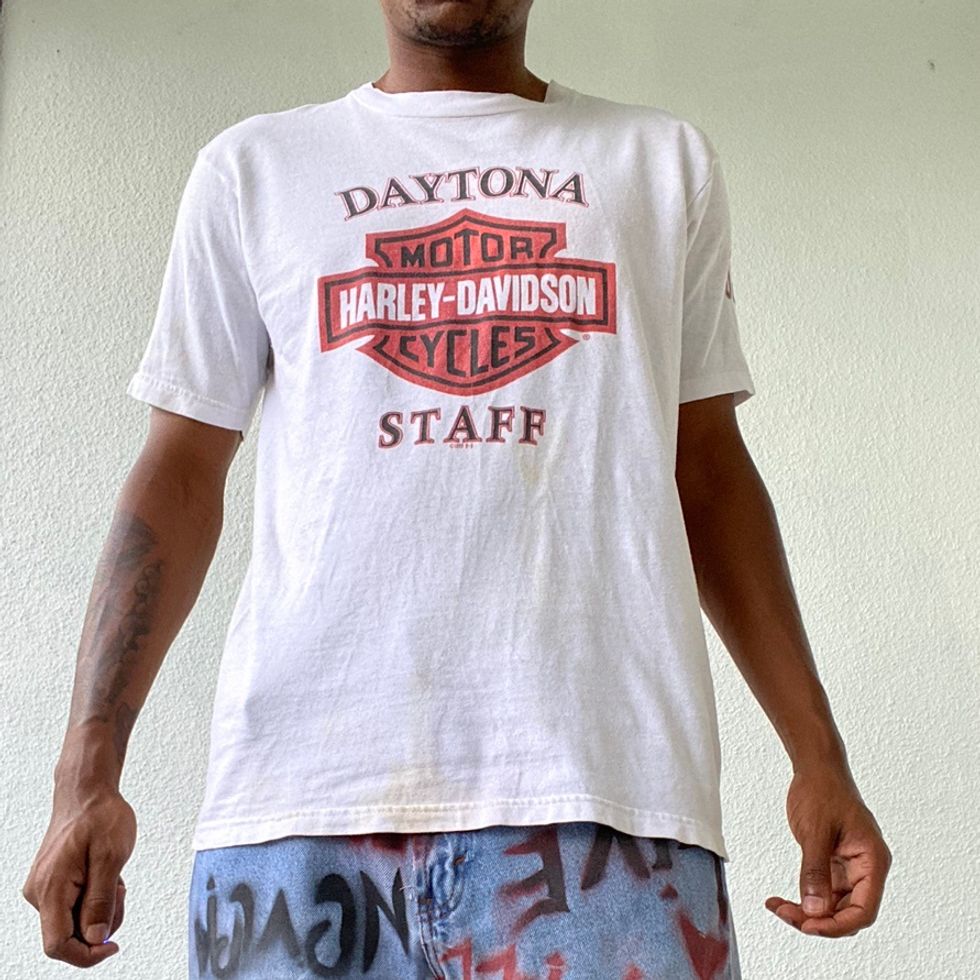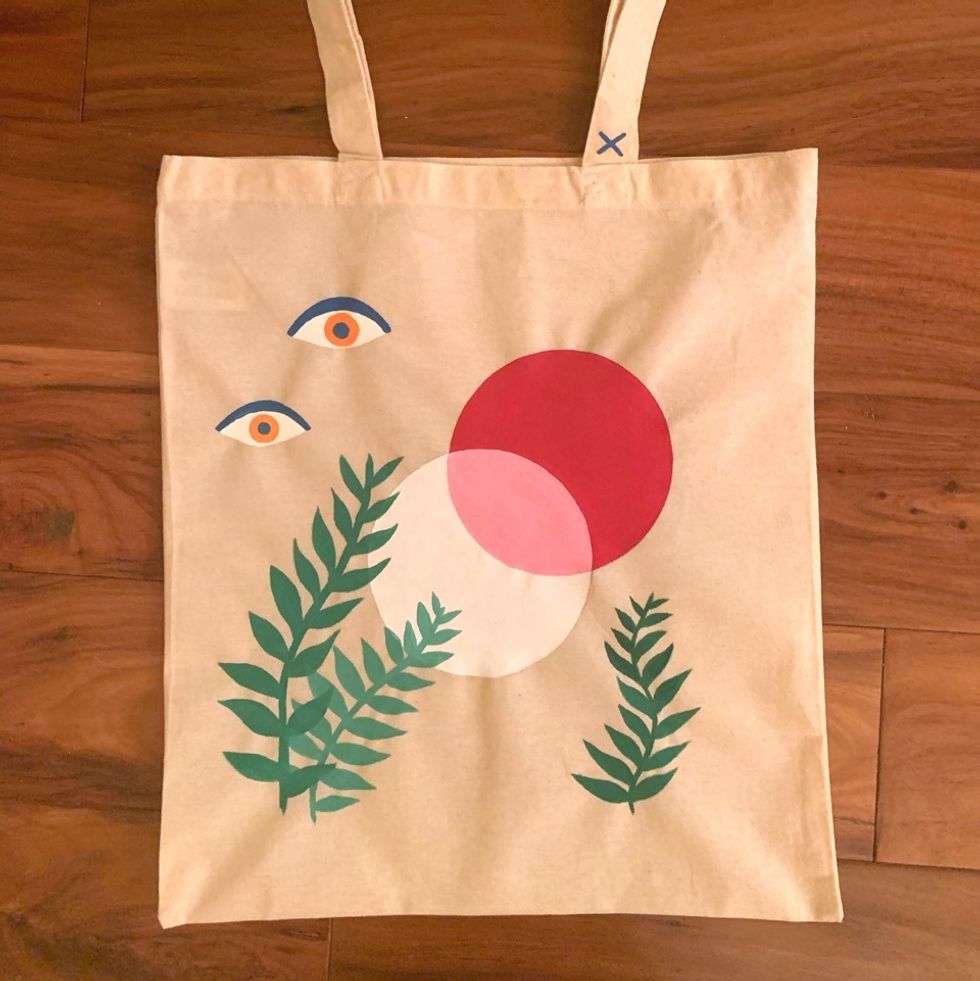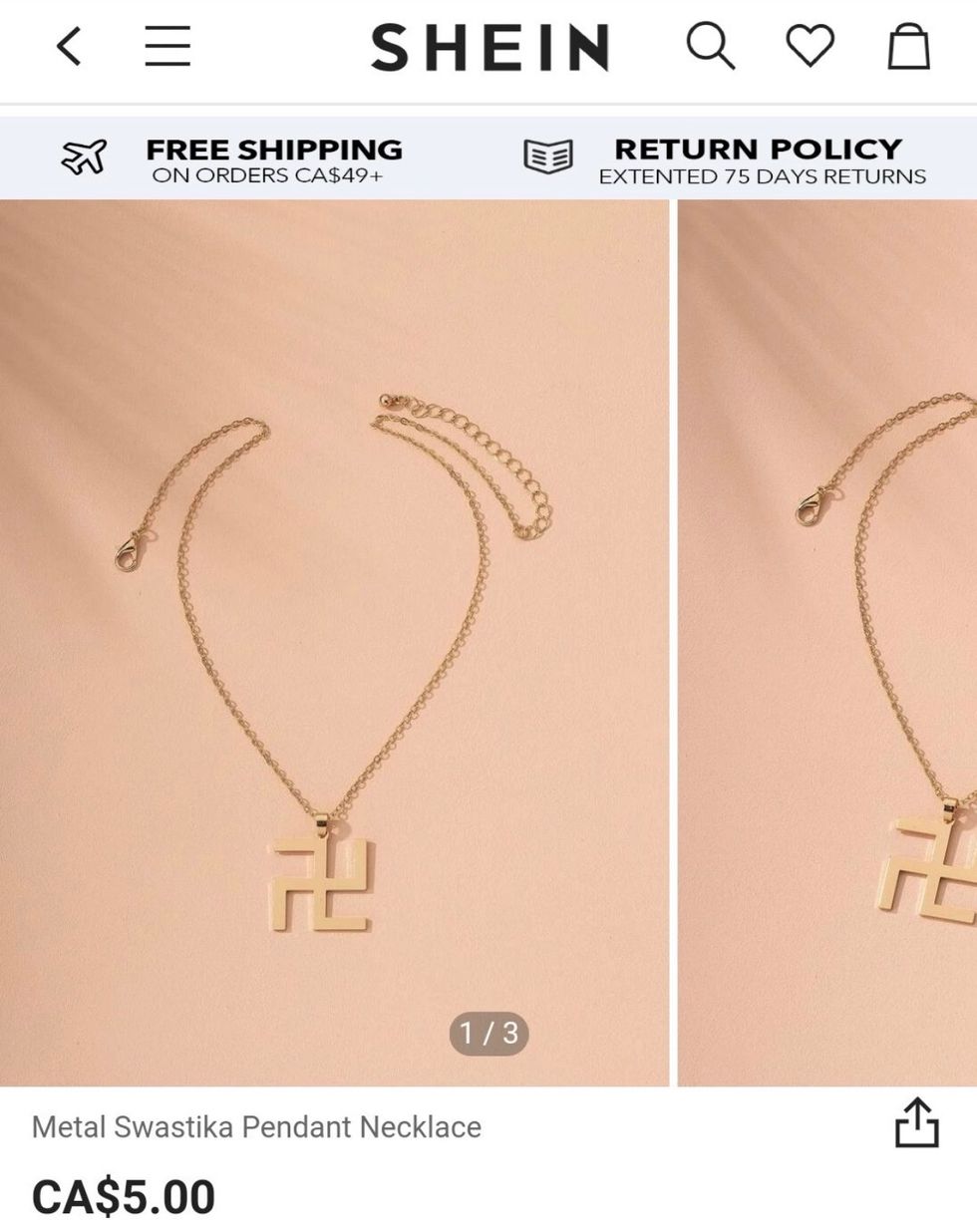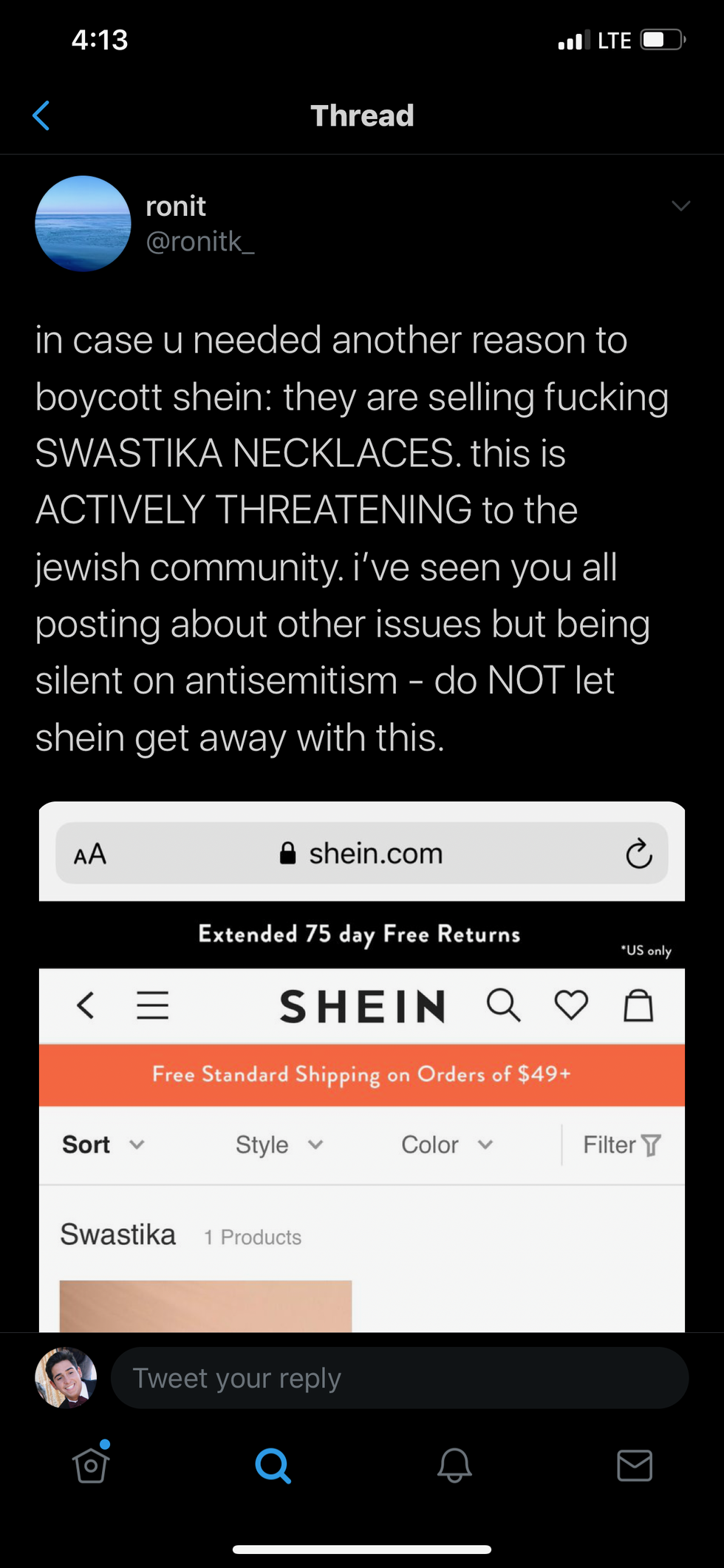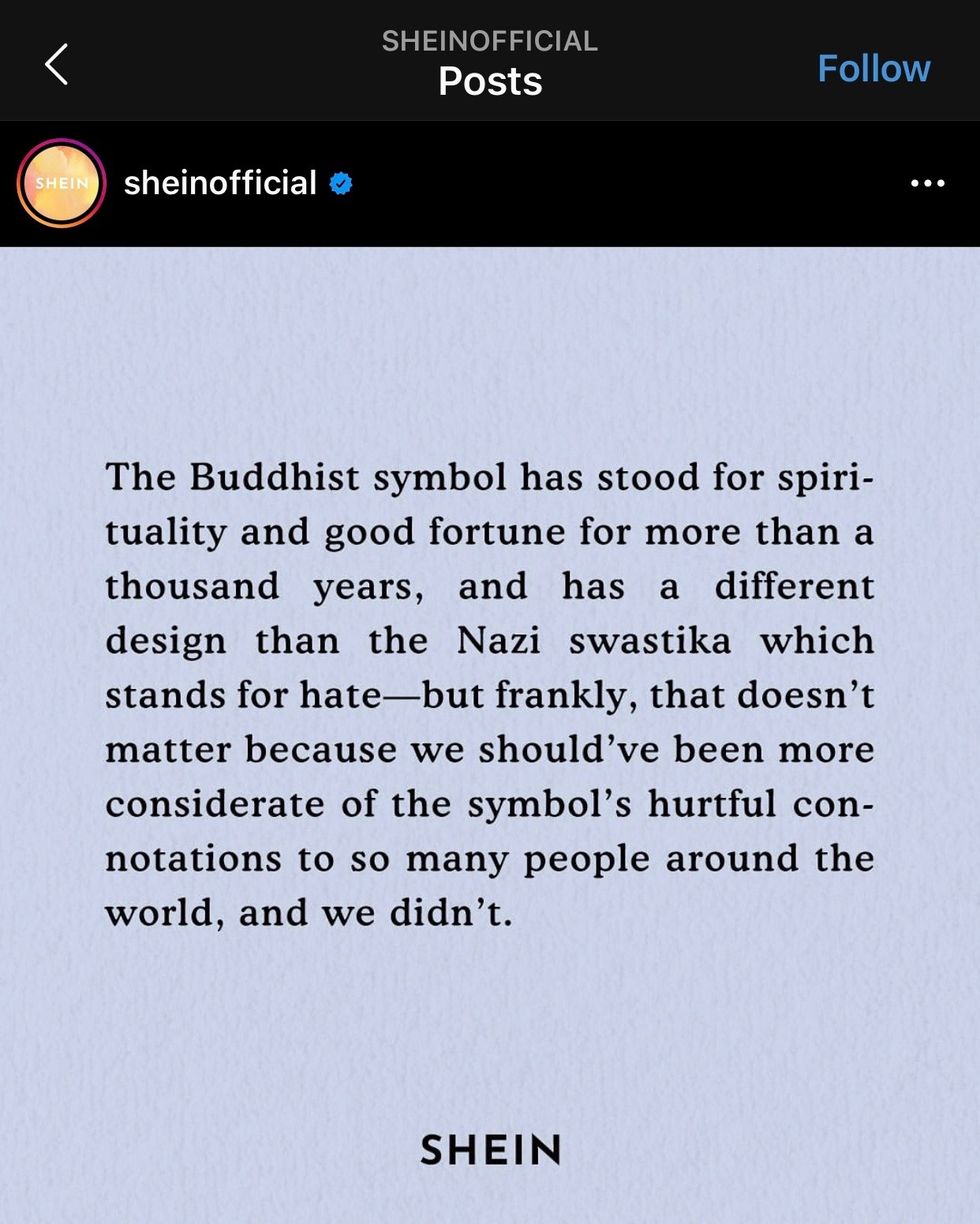The Disturbing Truth About Fast Fashion EVERYONE Should Know Before Their Next Shopping Spree
The truth is a real eye-opener and is appalling.
Shirts. Blouses. Jeans. Sweatpants. Handbags. Jewelry. Watches. Shoes. Fashion Industries are known for their bargaining prices with fantastic quality. Fast Fashion, in particular, is defined as clothing manufactured at a high speed, that is eventually sold at low prices.
Such examples of fast fashion are H&M, Forever 21, Fashion Nova, etc.
Despite the fact that these companies may have good reviews, there is a disturbing truth hidden in most of these corporations. A truth that is a real eye-opener and is appalling.
American companies often employ workers in third world countries to produce such products, and particularly clothing, at a rapid speed. A documentary released in 2015 titled The True Cost exposed the hidden truth within fashion corporations like H&M and Forever 21.
This film revealed the harm done to workers and the work climate while producing clothing.
Bangladesh and Cambodia are the main countries affected. There are several ways the fast fashion industry mistreats the environment which correlates to Climate Change. The first example given to us, in the film, is pollution. Factories are fueled by oil which also means it releases gases to the air.
Eventually, this leads to the greenhouse gas effect which is related to climate change.
A second example is the release of pesticides for cotton to grow on. Not only does this affect the climate, but human health as well. Human health encounters with pesticides can lead to numerous syndromes and abnormalities.
The release of pesticides is a continuous and paramount issue that should definitely be dealt with. Moreover, another critical way the fashion industry harms the environment is the non-biodegradable waste.
This also releases many chemicals into the air that leads to problems in human health.
Thus, the fast fashion industry should become aware of the problems in human and environmental health. Impoverished countries like Bangladesh and Cambodia are encountering human health problems amongst the children living there. It is time to speak up, and raise awareness!
Another question to take into consideration is how have people tried to help factory workers in the Global South?
Well, individuals have tried to help the factory workers, primarily in Bangladesh and Cambodia, in the Global South through the use of new and improved farming technology.
For example, a woman in the film whose husband passed away describes how they are continuing to utilize improved, or advanced, farming equipment to reduce the factory workers' problems.
They are helping out the factory workers as it is not necessary for them to plow cotton.
Additionally, raising awareness on this issue of the human rights abuse factory workers encounter is also something the Global South, and North, are talking about. This is critical.
A second way the Global South is helping factory workers is by not utilizing pesticides and chemicals.
The woman who owns the cotton field repeatedly mentioned how her husband passed away because of the use of chemicals in the agricultural industry. The Global South avoids the use of pesticides to help factory workers.
We need this kind of energy to help those suffering and who are on the frontlines of producing our clothes.
No men, women, or children should ever experience harm being done to them while working.
If it is not tolerated in the United States, why tolerate this kind of act in third world countries? It is time to become aware of this major issue that deserves worldwide attention.

